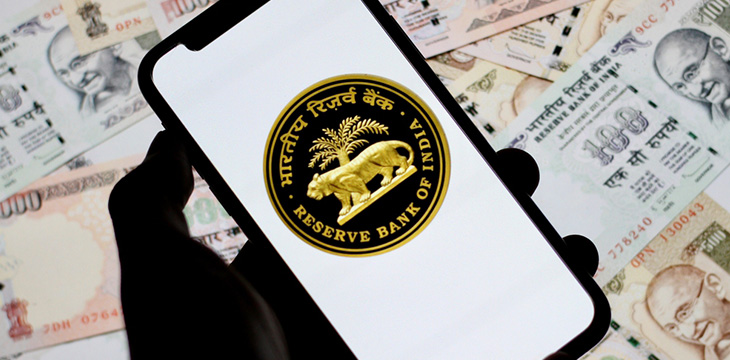|
Getting your Trinity Audio player ready...
|
India’s digital payments increased by 12.6% this year, indicating the South Asian nation’s growing popularity for digital payments and adoption of new methods for financial transactions.
India’s digital payments rose to 445.50 as of March 2024, compared to 395.57 in March 2023, according to the Reserve Bank of India’s Digital Payments Index (RBI-DPI), which measures the penetration of digital payments in India.
The central bank said it has been publishing a composite RBI-DPI since January 1, 2021, using March 2018 as a base to capture the extent of payment digitization across the country.
“The RBI-DPI index has increased across all parameters driven by significant growth in payment performance and payment infrastructure across the country over the period,” RBI said.
According to a Statista analysis, RBI’s index measurements are based on five parameters: payment enablers (25%), payment infrastructure-demand-side factors (10%), payment infrastructure-supply-side factors (15%), and payment performance (45%). The latter includes the value and volume of digital payments, currency in circulation, and cash withdrawals. Lastly, consumer centricity (5%), and entails awareness and education, number of declines, frauds, and system downtime.
The growth of digital payment infrastructure in the world’s fastest-growing major economy was a consequence of demonetization. On November 8, 2016, Prime Minister Narendra Modi declared in a television broadcast that India’s Rs. 500 and Rs. 1,000 notes would cease to be legal tender. That led to demonetization of 86% of the country’s currency in circulation. The move was intended to arrest undeclared income, destroy counterfeit currency as well as to speed up digital payments in the country.
RBI and the National Payments Corporation of India (NPCI) introduced a varied digital payment landscape, which has only been multiplying in the last few years.
According to a survey by consulting firm Kearney, in association with Amazon Pay (NASDAQ: AMZN), digital modes of payment account for about 69% of total transaction volumes for Indian merchants, with street vendors such as fruit and flower sellers, food stalls and small stores joining the digital payment revolution. On average, these vendors receive almost half of their payments digitally.
“In line with India’s digital journey, retail digital payments have grown dramatically over the past five years—from $300 billion in FY18 to $3.6 trillion in FY24. By FY30, it’s likely to double to US$7 trillion,” the survey said.
The survey noted that the Unified Payments Interface (UPI) has been a critical driver of this growth, demonstrating a compound annual growth rate (CAGR) of 138% in its volumes from fiscal year 2018-2024.
The Asian powerhouse introduced UPI in 2016, which enables instant money transfers using mobile phones and works as a single mobile application for accessing different bank accounts. So far, it has expanded to Paris, Qatar, UAE, Peru, Mauritius, Sri Lanka, Singapore, France, Bhutan, and Nepal, processing over 13 billion monthly transactions.
Watch: ‘Disruptive’ blockchain can be useful for India

 01-19-2026
01-19-2026 



